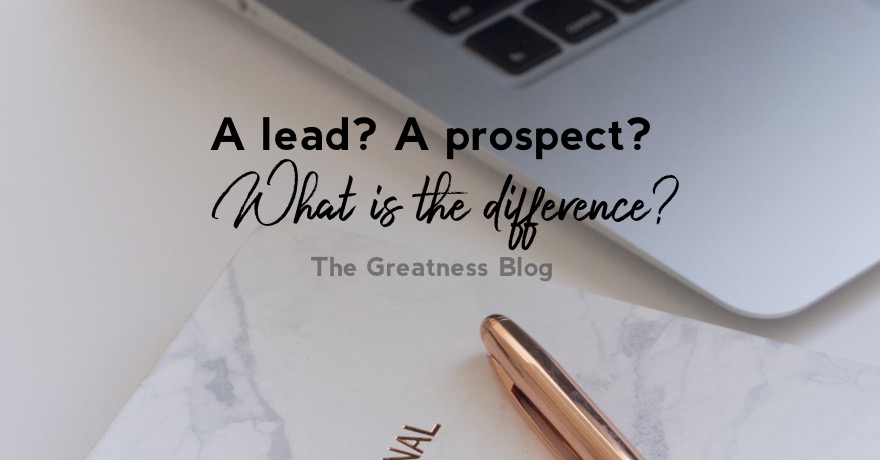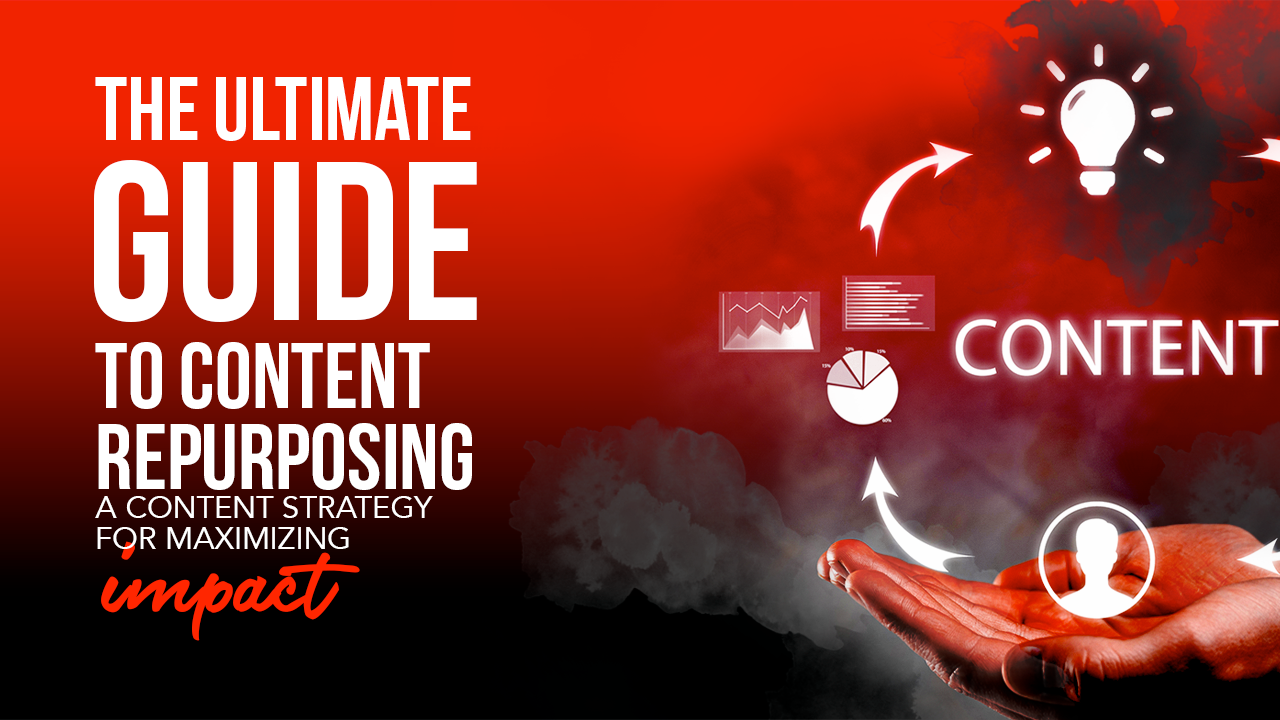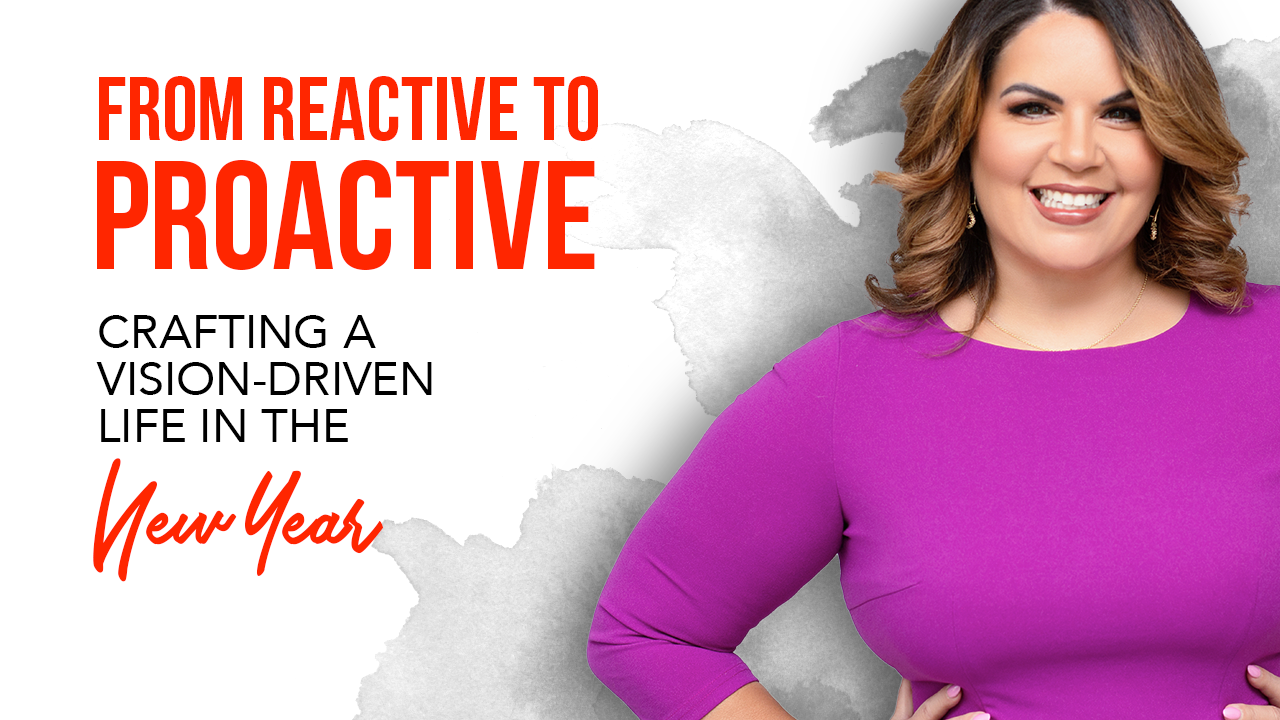Your Network is Your Net-Worth
We just migrated our contacts to a new CRM system and my assistant asked me which tags to add to the contacts. Do we add them as leads? I said no. They could be suspects unless they have solicited an Assessment. The more tags she added, the more questions she had. So, I sent her a Whastapp note to explain the different kinds of contacts.
If you are confused about tags for your contacts, you are so at the right place right now. I hope you can get some clarification after reading this post.

These 8 “Tags” Will Make Your Prospecting Really Simple
If you’re not sure what “tag” I’m talking about, it’s basically a way to classify a connection. Most CRM programs give you the option to “tag” the contacts. If you don’t have a CRM yet, just use a spreadsheet and add a color instead of a tag.
Tag 1: Suspect
Let’s pretend that you are a dentist and your primary focus is in families with children. Technically, the entire list of families who attend schools near you, are suspects. The person in charge of doing business development should work with your marketing team to get you access to those lists. If you just get names and emails, but you have no idea if those contacts will be interested in considering your services, use “suspects” as a tag and create a plan to move them further into your pipeline.
What are referrals?
A referral, by definition, is a suspect, unless is coming at a point where they have a budget in mind, they have explored other solutions, and your name was referred to them as a “second opinion”. In that particular case, you got a lead.
Tag 2: Lead
In simple terms, a lead is an individual or organization with an interest in what you are selling. The interest is expressed by sharing contact information, like an email ID, a phone number, or even a social media handle. The definition seems so simple, that “what is a lead” doesn’t seem like a question worth answering. But, that’s not true.
If your pipeline counts “leads” using this definition, you will find plenty of contacts who won’t respond your calls, emails, or consider your offer. Very often, individuals subscribe just to check your information, but they have no intention to buy. For this reason, if we want to build an accurate pipeline, then we will need to polish this classification.
So, what is a lead?
Someone fills up a form on your website, calls your company landline requesting info, initiates a chat on your website, or interacts with you on social media.
Is it a lead?
By a marketer’s definition..
This would be a lead. Because, for a marketer, lead is someone they can trail. You have captured their contact information – like a phone number, email or a social media account. If marketing can nurture them, and get them interested in a sales conversation later, it’s a lead.
By a salesperson’s definition..
They have just expressed a vague interest, and it can turn out to be the best deal of the quarter or just flat out junk. These leads are not qualified. So, sales would not consider this inquiry a “lead” yet.
What is a qualified lead?
Leads are considered qualified when they take a further action after their initial inquiry. For instance, if they specifically ask for a demo of your product, or take a free trial, they are sales-ready. Someone who downloads your free book won’t be as qualified as someone who attends to a 60-min live webinar, for example.
 Tag 3: Prospect
Tag 3: Prospect
‘Lead ‘ and ‘prospect ‘ are two terms that everyone comes across in a business scenario. Surprisingly, many assume various definitions and have different understandings of the two words although the terms are used on a regular basis.
Basically, a Prospect is a person or company that has the kind of problems or challenges around which you can create value. Also, You have to disqualify them if you cannot create value for them, or if they will never perceive the value you create.
In a nutshell, a Prospect:
- Must fit your target market.
- Must have either approach you or respond to your approach.
- Should have the means of money to buy.
- They should have the authorization to make the buying decisions.
I am sure that you have experienced a situation where someone approaches you about your services, you then reach out, schedule a presentation and provide all the information. In the end, the person tells you “this sounds great, let me talk to ______”. To avoid this uncomfortable scenario, make sure that you filter those leads, by adding extra layers before you can consider them “prospects”.
The figure below shows you an example where you have 1,000 leads, and 100 of them were filtered into prospects. From 100 prospects, 10 turned into customers. Your marketing system should provide you predictable outcomes so that you know exactly how many qualified leads you need to reach your revenue goals.

Tag 4: Sales Opportunity
Once you have filtered your leads and have a list of prospects, then your sales pipeline moves to Stage 2. This is the phase where you qualify your prospects, discover what are their needs, budget, and what questions do they need to answer before making the decision to working with you. A professional salesperson invests plenty of time and efforts developing sales opportunities and qualifying them, doing things like drafting customized emails, proposals, 3-way calls, demos, webinars, etc.
Tag 5: Verbal Commitment
Did the prospect say “yes I’m in”? Did they pay? If your answer is NO, then you don’t have a closed deal, yet. This tag is one of the most important ones. You need to have a plan to manage those who gave you a verbal commitment. At this level, your prospect considered your proposal and they are just waiting to fund it. Don’t celebrate yet! Things can turn in the opposite direction!
 Tag 6: Client – Active
Tag 6: Client – Active
You closed the client, yes! This will be your favorite tag! You are on Stage 3. Your banking account is happy now that you got some money. Your pipeline should move the sales opportunity tag into an active client tag. It’s important to keep in mind that your business should measure the lifetime value of your clients. The more specific data you can build, the better.
Tag 7: Client – Passive
You provided the services to your client, they are happy. Make sure that they leave you a testimonial so that you can consider them advocators! There are plenty of strategies that you can implement so that your past clients become passive income for you. This will be a topic for another article, but in the meantime, just be mindful of this tag.
Tag 8: Client – DNC
What if the relationship with that client went sour and you don’t want to ever contact them! That’s where you use the tag DNC (do not contact). Your CRM should have this tag so that you don’t make the mistake of calling people on the DNC list.
Do you analyze sales funnels as part of your Forensic Marketing services?
I certainly do! In my opinion, there is no point in having names and emails if you can’t track activities that enable predictable outcomes. For this particular reason, we only use marketing strategies that are quantifiable and predictable. Visit our services page for a full explanation of who do we help.
To your success and beyond we go,
Jessica Campos










